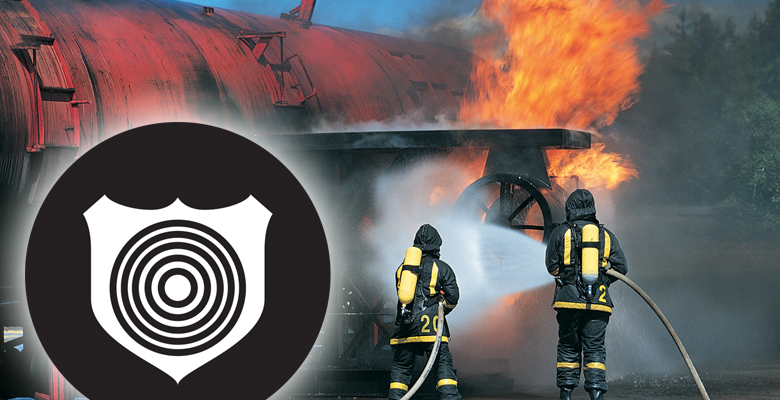
Fire Suppression and Detection Research and Applications
Below is an excerpt from a whitepaper outlining the results of an in-depth independent study performed by Hughes Associates (RJA Inc), one of the worlds largest fire protection consulting firms, comparing video imaging detection technologies and modern optical flame detection devices. Some very interesting findings for certain, use the form below to have the entire report emailed directly to your inbox.
Abstract
In order to provide a technical basis for the selection and use of flame detectors in challenging industrial applications, an experimental study was conducted. Multiple flame detectors were tested in numerous scenarios representative of those expected in industrial applications. The study systematically evaluated the fire detection performance of flame detectors at different distances from fires and with different detector viewing angles relative to fuel type, a range of obstructions and exposure to nuisance/interference sources. Flame detection technologies included multi-spectrum IR, UV, and video imaged detection. The paper details the tests conducted and presents comparative results for the different technologies while pointing out potential application issues.
Approach
The general approach for this study was to conduct real-scale tests that exposed a set of detectors to a range of fire and nuisance source scenarios. In order to best tailor the test series to an industrial application, the test conditions were designed to encompass specific attributes commonly found in these occupancies. This included use of representative fuels from facilities, various fire scenarios, potential viewing distances, obstructions, and backgrounds. The fire sources were designed to be representative of realistic hazards and included both small fires and immediate exposure of larger fire events to test the limits of detection.
The viewing distance and fire size are the key factors in determining detector sensitivity. This series of tests consisted of detection system evaluations at distances of 7.6 m (25 ft) and 15.2 m (50 ft) between the fire and detectors. Besides distance and fire size, detection performance is also dependent on the presence of obstructions. There can be a significant number of optical obstructions in an industrial application. Large mechanical equipment, piping, or catwalk grating can block considerable portions a fire within the field of view (FOV) of a flame detector. This test series aimed to replicate a number of obstruction scenarios. For an OFD detecting the radiative flux from a fire, obstructions act to reduce the view factor between the detector and the flame and will result in a reduction in the perceived flame intensity. For VID systems, the detection of flames is often based upon the geometry of a typical pattern or structure in the FOV. Obstructions may significantly alter the apparent shape and size of fires and may reduce the ability of the algorithm to identify flames. In addition to obstructions, flame impingement can also alter the appearance of the flame. This is not an area that had been researched, and thus, various impingement scenarios were considered in this analysis. Since some VID algorithms incorporate routines to deal with ambient lighting conditions, testing was performed in a uniform indoor environment with primarily artificial lighting as is typical to many industrial applications (i.e., limited or no outside light).
RECEIVE THIS WHITEPAPER – SUBMIT THE FORM BELOW
Ref: Hughes Associates, Inc.
Original Article By: Daniel T. Gottuk, Ph.D. and Joshua B. Dinaburg
